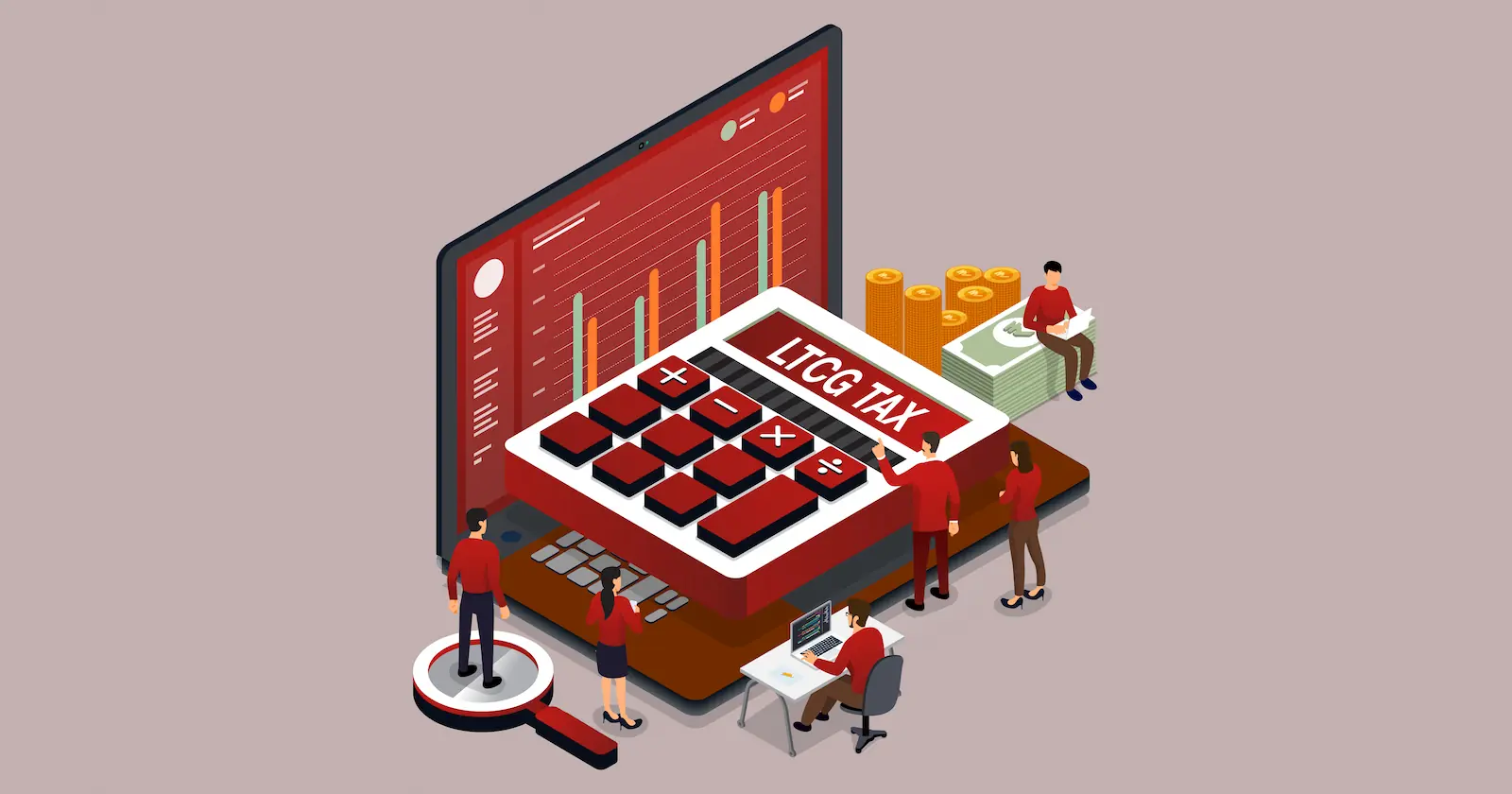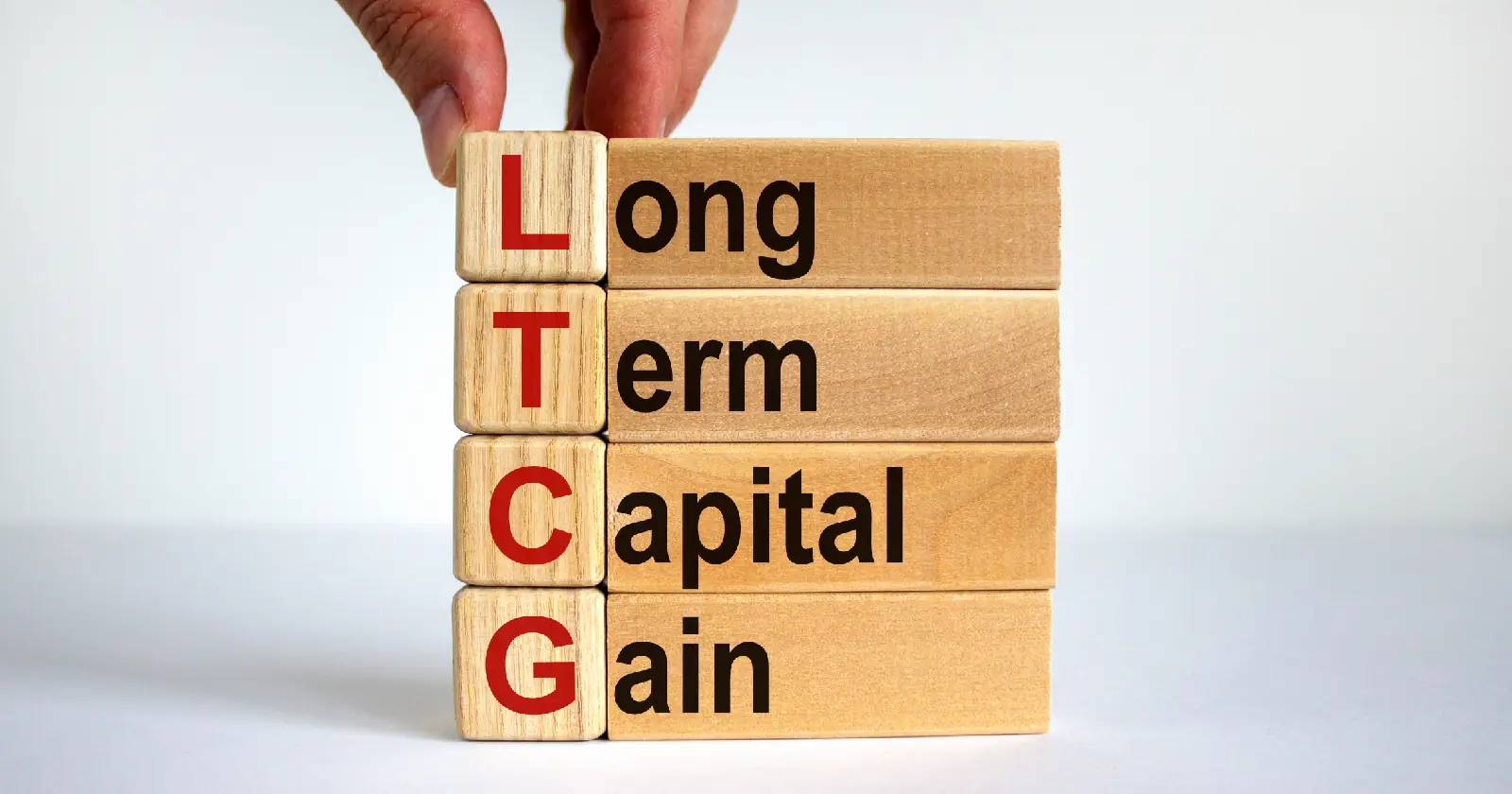Profit or gains arising on sale of any “capital asset” is termed as capital gain. ‘Capital’ includes property such as land, vehicles and Jewellery, shares and stocks, and securities etc held by a person.
This gain or profit comes under the category ‘income’, and hence tax payers need to pay tax on such income in the year in which the transfer of the capital asset takes place.
There are two types of Capital Gains - Short Term Capital Gains and Long Term Capital Gains.
Short Term Capital Asset
An asset held for a period of 36 months or less is a short-term capital asset. The criteria of 36 months have been reduced to 24 months for immovable properties such as land, building and house property and unlisted shares from FY 2017-18. Security (other than unit ) listed in a recognized stock exchange , unit of equity oriented fund and zero coupon bond held for less than 12 month treated as STCA.
Long Term Capital Asset
Capital assets that are held for more than 36 months qualify to be termed as long term capital assets. From FY 2017-18, in case of immovable property being land, building or house property, if they are held for more than 24 months, they are termed as long term capital assets i.e. any immovable property will attract long term capital gains tax, if sold after holding for 24 months or more from April 1st, 2017.
The following assets qualify to be termed as long term capital assets if they are held for more than 12 months:
- Equity or preference shares of a company which is listed on recognized stock exchange of India
- Securities such as debentures, bonds, government securities, etc., listed on a recognized stock exchange in India
- Units of UTI
- Units of equity oriented mutual funds
- Zero coupon bonds
Why is it important to save tax on Long Term Capital Gains?
Long term capital gains are chargeable to income tax @ 20%. There is no minimum exemption limit prescribed so the entire amount of capital gains will qualify for the taxable income.
For example - if long term capital gains on sale of a building figures out to be ₹60,00,000, a whooping ₹12,48,000 (including applicable cess) is payable as long termcapital gain tax. This is a significant amount of money to be paid out in taxes. As per the exemptions provided by the Income Tax Act on capital gains, to save the huge tax, you will have to reinvest the profit earned into buying another asset.
Section 54 - Investing in Another House Property to Get Exemption on Sale of Existing House Property
Due to certain reasons, a person decided to move, so he sold his old home and bought a new house with the proceeds. In this case, the seller didn't intend to earn income from the sale of the old house, but rather to acquire another home that met his needs. It would be a hardship for the seller if he had to pay income tax on capital gains arising from the sale of an old house. Section 54 provides relief from such hardship.
Section 54 provides relief to taxpayers who sell their primary residence and subsequently purchase another residence. In this section, we discuss the detailed provisions in this regard.
Basic Conditions
In order to claim the benefit of Section 54, the following conditions must be met.
- The Section 54 benefit is only available to individuals and HUFs.
- It should be a long-term capital asset, such as a residential house property.
- The taxpayer should acquire another residential house within one year before or two years after the date of transferring the old one, or build a residential house within three years of the date of transfer of the old house. As part of a compulsory acquisition, the period of construction or acquisition will be determined by the date of receipt of compensation (additional or original ).
Consequences if the New House is Transferred
Rollover of capital gains arising from the transfer of one residential house to another is exempt under Section 54.
To prevent misuse of this benefit, Section 54 contains a restriction. The restriction is that the new home cannot be sold.
If a taxpayer purchases/builds a house and claims exemption under Section 54, but then transfers the house within three years of its acquisition/completion, the exemption will be withdrawn. The effect of this restriction is the following:
- The restriction will be applied if the new house is sold before a period of 3 years from the date of its purchase/completion of construction, after claiming exemption under Section 54.
- At the time of computing capital gains arising on the transfer of the new house, if the new house is sold within 3 years after its purchase or completion - then - according to Section 54, the capital gain will be deducted from the purchase price of the new house.
- Section 54 of the Finance Act, 2020 extended the exemption to two residential houses as of Assessment Year 2021-22. The long-term capital gains on investment in two residential houses, either by buying or building, are exempt from tax if they do not exceed Rs. 2 crores. This option cannot be exercised again by an assessee for the same or any other assessment year.
Section 54F: Exemption on Capital Gains on Sale of Any Asset Other than a House Property
As per the Income Tax Act's Section 54F, exemption of capital gain is made available in the situation of transfer of long term capital assets other than residential house property, against the investment one makes in a residential house. Some of the features to avail exemptions u/s 54F are mentioned below:
The exemptions u/s 54F is for Hindu Undivided Families and individuals.
In case of purchase the time limit is within 1 year before or 2 years after the date of transfer of asset and in case of construction its within 3 years after the date of such transfer, provided on date of transfer taxpayer does not own more than one house property (except the new house)
Quantum of Deduction:-
If the net consideration is equal to or less than the cost of the new house, then the entire capital gain shall be exempt
If the net consideration is greater than the cost of the new house, then exemption will be calculated as below :
Exemption Amount = (Capital Gains * Amount Invested) / Net Sales Consideration
Exemption will be withdrawal in following cases:-
- If new assets is transfer of three years of acquisition.
- If another residential house is purchased within 2 years of transfer of original assets
- If another house is constructed within 3 years of transfer of original assets
You will not pay any tax on your gains if you meet these conditions and invest the entire sale proceeds in your new home. When you invest part of the sale proceeds, the exemption is based on the proportion of the invested amount to the sale price or exemption.
For example: Price of new house x Capital Gains/Net consideration.
Investing in a Capital Gain Account Scheme
A new property can be a challenging and time-consuming process, from finding a seller and arranging the necessary funds to getting the paperwork in place. Fortunately, the Income Tax Department is sensitive to these limitations.
If you are unable to invest your capital gains prior to filing your income tax return for the financial year in which your property was sold, you are allowed to deposit your gains in a PSU bank or other banks as per the Capital Gains Account Scheme, 1988. The scheme is open for all the taxpayers who wish to claim exemption under sections 54, 54B, 54D, 54F, 54G or 54GB. You don't have to pay taxes on this if you claim it as an exemption from your capital gains.
Section 54EC: Exemption on the sale of a house if it is reinvested in a certain bond
A long term capital gain arising from the transfer of any capital asset is also exempt from tax under section 54EC. A long term capital gain may be exempt if part or all of it is invested in "long term specified assets".
Capital gains from the sale of the first property can be exempt under Section 54EC when they are reinvested in specific bonds.
- If you do not wish to reinvest the profits from the sale of your first property into another one, you can invest them in bonds for up to Rs. 50 lakhs issued by the National Highway Authority of India (NHAI) or Rural Electrification Corporation (REC).
- After three years, the money invested can be redeemed, but they cannot be sold before three years have passed since the date of sale. The period of three years has been extended to five years as of FY 2018-2019;
- Homeowners have six months to invest their profits in these bonds. In order to qualify for this exemption, you must invest before the tax filing deadline.
Section 54B - Capital Gains Exemption From Transfer of Land Used for Agriculture
Exemption is available under Section 54B when you make long-term or short-term capital gains from the sale of land used for agricultural purposes by an individual, his or her parents, or a Hindu Undivided Family (HUF) for two years prior to sale. The exempted amount is either the capital gain or investment in a new asset, whichever is less. A new farmland must be acquired within two years of the date of transfer.
In order to qualify for capital gains exemption, agricultural land purchased for this purpose should not be sold within 3 years of its purchase. In the event that you are not able to purchase agricultural land before the due date for filing your income tax return, the amount of capital gains needs to be deposited in a deposit account in a branch (except rural branches) of a public sector bank or IDBI Bank before the due date for filing your return as per the Capital Gains Account Scheme, 1988.
It is possible to claim an exemption for the amount deposited. Unless the amount deposited under the Capital Gains Account Scheme was used to purchase agricultural land, it will be treated as capital gains in the year in which the period of 2 years from the date of sale of land ends.
LTCG and ULIPs
Most of the people seek life insurance along with wise wealth management, that’s where ULIP stands out. If you invest with ULIP, you get a life cover along with wealth creation. In this investment scheme, a portion of your investment is either invested in a fund which is either debt or equity or both. ULIP uses the balance amount by providing life insurance cover. There is a lock-in period of 5 years in this investment. During this lock-in period, ULIP only allows you to switch between equity and debt based on their perception of risk appetite and market performance.
One thing that differentiates ULIP from other long-term investments is that the premium paid towards ULIP is eligible for a tax deduction under section 80C.
Earlier any gains made on ULIPs were tax free subject to conditions of section 10(10D), however,after the Budget 2021 proposal the maturity amount remains tax free only if the aggregate annual premium is up to Rs 2.5 lakh a year. If the annual premium goes above Rs 2.5 lakh then one has to pay capital gains tax on any income earned on it.





Comments